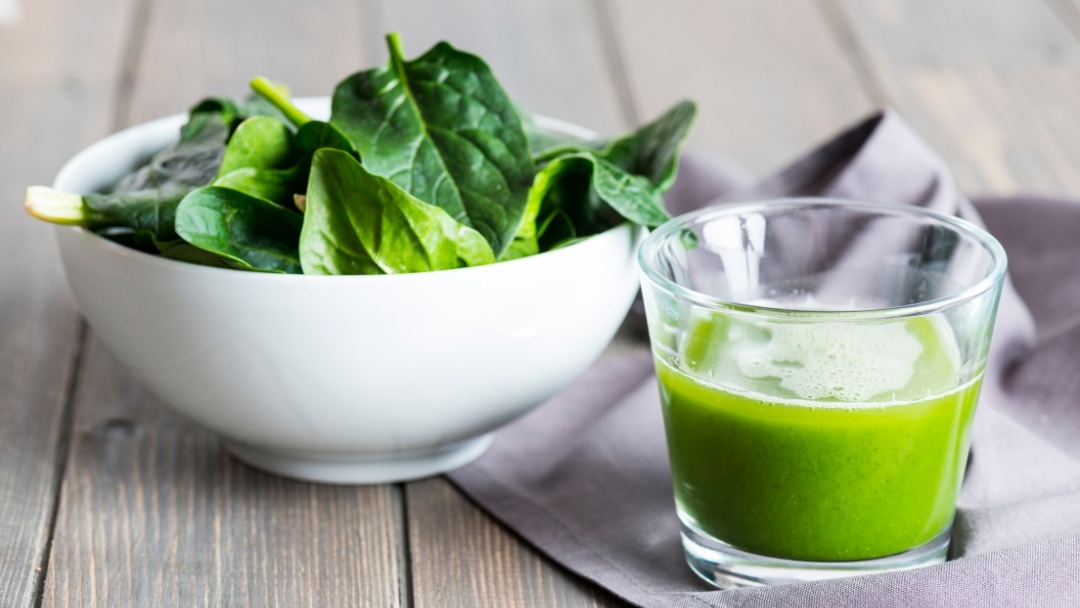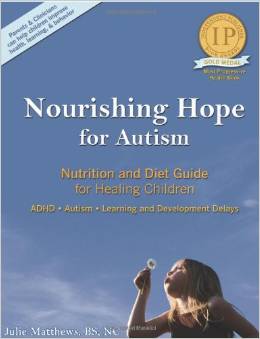What Are Oxalates?
Oxalates are molecules found in food that join with calcium to create crystallized “stones” in the body that then contribute to inflammation and pain. These crystals are created when fungi such as yeast or molds, and/or foods high in oxalate, sugar, gluten and casein produce oxalic acid. Oxalate stones can be found in the heart, nervous system, joints and other tissues.
These crystals have sharp edges and can be painful, leading to headaches, fatigue, joint pain and kidney stones as well as symptoms of Lyme disease, autism and autoimmune disorders. Unbound oxalates can interfere with sulfate and iron absorption and can impair brain function.
Because oxalates can cause a histamine release, the low-histamine diet in conjunction with the low-oxalate diet could be helpful in reducing symptoms.
What’s Excluded in a Low-Oxalate Diet?
The low-oxalate diet excludes foods that contain high levels of oxalates such as:
- Spinach
- Swiss chard
- Tofu
- Peanuts
- Pecans
- Rhubarb
- Sweet potatoes
- Chocolate
- Navy beans
- Lentils
- Leeks
- Sesame seeds
- Wheat germ
- Parsley
- Ginger
- Citrus peel
- Black pepper
- Okra
- Cashews
- Almonds
- Buckwheat groats
- Miso
- Celery
- Potatoes
- Soybeans
- Bulgur
- Beets
- Raspberries
Parents that give their children green smoothies full of spinach or gluten-free foods made with almond or buckwheat flour may potentially be doing their child a disservice if their child has an oxalate issue. In addition, vitamin C supplements can convert to oxalates.
Does My Child Need to Follow the Low-Oxalate Diet Forever?
While the elimination of high-oxalate foods can control symptoms, there are some things that you can do that may increase your child’s ability to tolerate them in the long run, although there is no guarantee.
Heal the Gut
A leaky gut permits high levels of oxalates to end up in the urine, blood and tissues, which causes pain and inflammation, which contributes to a leaky gut. This vicious cycle can be headed off by healing the gut with gut-healing diets such as:
- Body Ecology Diet (BED)
- Gut And Psychology Syndrome (GAPS) diet
- Paleo/primal diet
- Specific Carbohydrate Diet (SCD)
Take Oxalate Binders
In Nourishing Hope for Autism, Julie Matthews states that it “is old and inaccurate information” to reduce the intake of calcium-rich foods. Instead, she recommends that binders such as calcium citrate and magnesium citrate be taken before meals.
Remove or Remediate Potential Triggers
Mold or biotoxin exposure can contribute to high oxalates. Watch our webinar replay with PJ Harlow here to discover how to test and remediate your home from mold. In addition, you can watch our webinar replay with Jodie Dashore here to learn about approaches to mold and biotoxin illnesses.
Still Looking for Answers?
Visit the Epidemic Answers Practitioner Directory to find a practitioner near you.
Join us inside our online membership community for parents, Healing Together, where you’ll find even more healing resources, expert guidance, and a community to support you every step of your child’s healing journey.
Sources & References
Konstantynowicz, J., et al. A Potential Pathogenic Role of Oxalate in Autism. Eur. J. Paediatr. Neurol. 2012;16:485–491.
Stewart, C.S. Oxalobacter formigenes and its role in oxalate metabolism in the human gut. FEMS Microbiol Lett. 2004 Jan 15;230(1):1-7.
Resources
Articles
Matthews, Julie. Oxalates and Autism
Shaw, William. Oxalates Control is a Major New Factor in Autism Therapy. Mosaic Diagnostics.
Shaw, William. The Role of Oxalates in Autism and Chronic Disorders. Wise Traditions in Food, Farming and the Healing Arts. The Weston A. Price Foundation, March 26, 2010.
Books
Matthews, Julie. Nourishing Hope for Autism: Nutrition and Diet Guide for Healing Our Children. Healthful Living Media, 2008.




